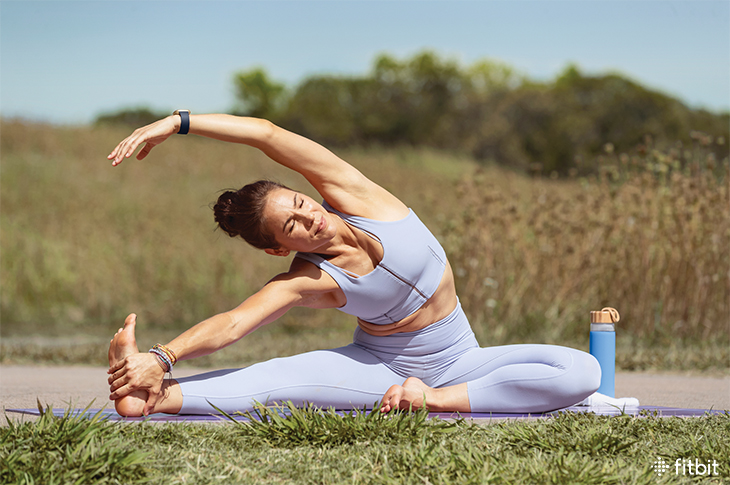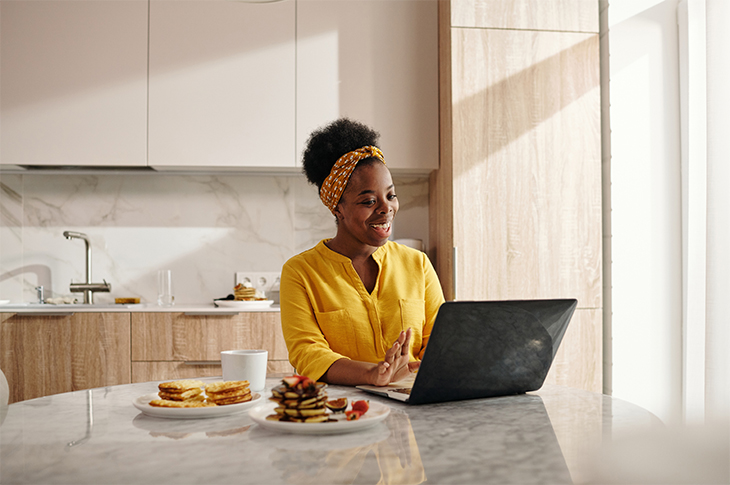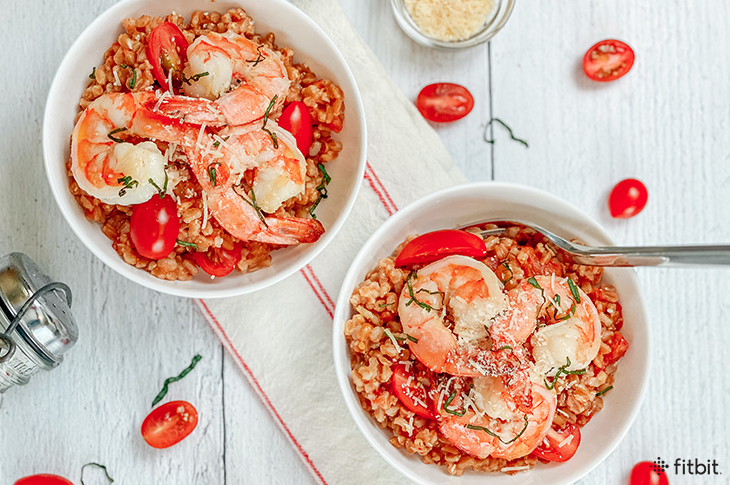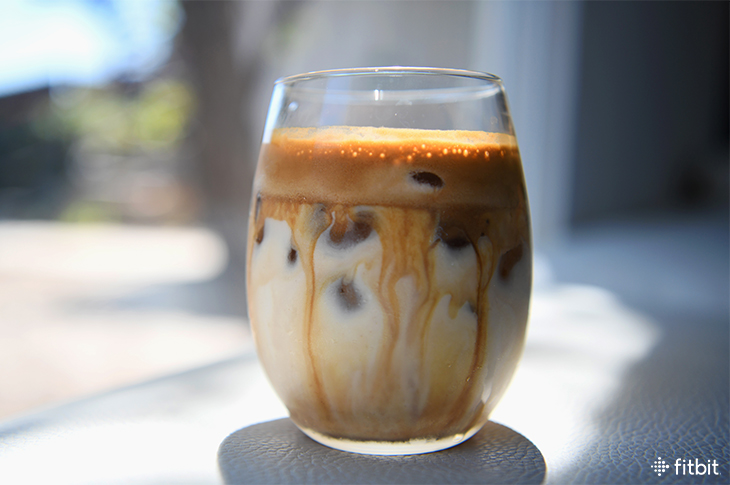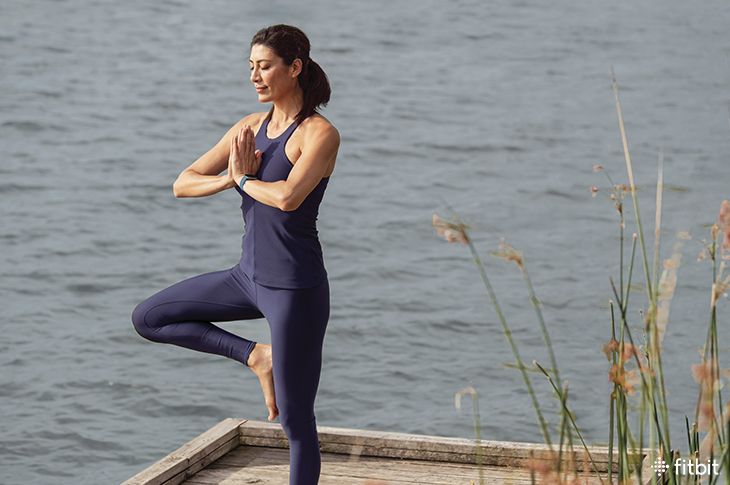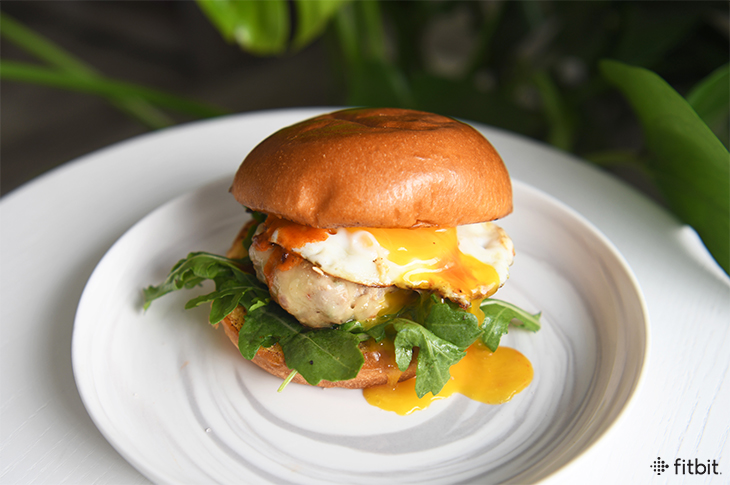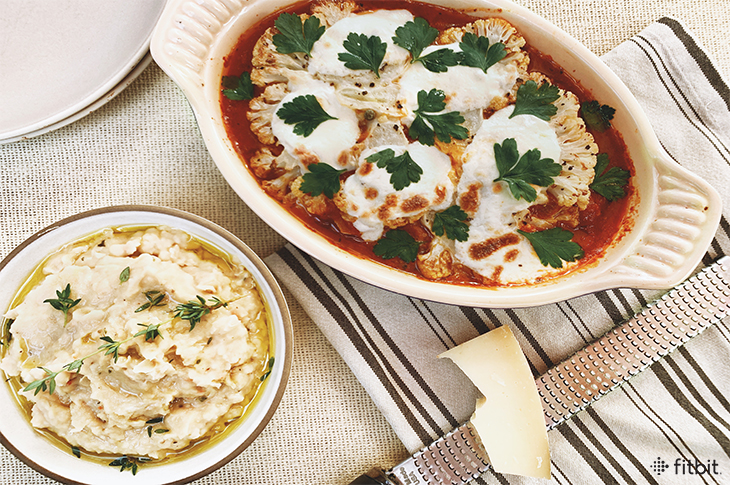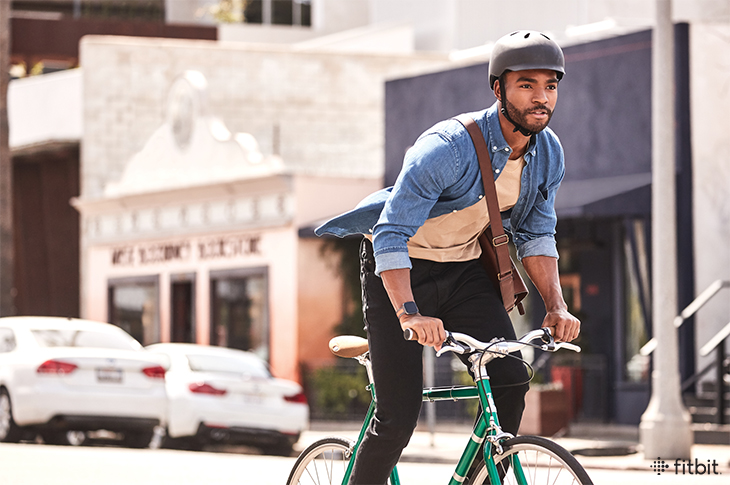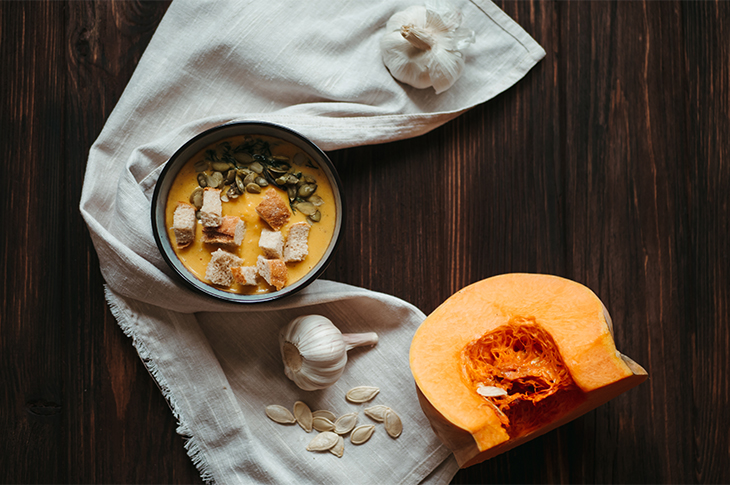
If you love all things pumpkin, you know the delicious flavor and beautiful color that the gourd can add to everything from oatmeal to soup and way (way!) more. What you may not realize, though, is what else pumpkin brings to these dishes. From making recipes more nutritious to lending a rich, creamy texture without the cream, here are all the reasons to consider making pumpkin a year-round ingredient in your kitchen.
It can replace calorically dense baking ingredients. In baked goods, you can swap out some or all eggs, butter, and oil with pumpkin in order to reduce calories as well as fat, says Maggie Michalczyk, RDN a Chicago-based registered dietitian and author of The Great Big Pumpkin Cookbook. The general recommendation is:
- 1 egg = 1/4 cup pumpkin puree. Saves about 50 calories per 1 large egg.
- 1 cup butter = 3/4 cup puree. Saves about 1,570 calories per 1 cup butter.
- an equal amount of pumpkin for oil (so if the recipe calls for 1/2 cup oil, use 1/2 cup pumpkin). Saves about 925 calories per 1/2 cup.
However, every recipe is different, so this may take some experimentation. And remember that you’ll be adding pumpkin flavor to whatever you bake. Sometimes that’s wonderful, other times, not so much.
It adds moisture. Pumpkin puree is about 90 percent water. So when you add it to baked goods, pumpkin helps to keep your muffins, bread, and cookies light.
It can replace some cheese. “Pumpkin’s creamy, thick texture is the perfect complement to add creaminess to dishes like mac and cheese or risotto,” Michalczyk says. “It can easily be stirred in with the cheese, giving recipes slightly more of an orange hue.” And thanks to pumpkin’s texture, you can even cut back on the cheese in recipes, she adds, which can lighten them up. Cutting back on cheese also means less sodium, which is better for your heart.
It’s loaded with beta-carotene. Our bodies convert beta-carotene from plants into vitamin A. Vitamin A is essential to immunity, vision, and reproduction, and to help our organs function properly. Just half a cup of pumpkin puree provides your entire daily recommended needs for vitamin A.
It provides antioxidants. In addition to beta-carotene, pumpkin also delivers vitamins C and E, along with lutein and zeaxanthin. All of these are antioxidants, which help fight damage from free radicals and may reduce the risk of various diseases.
It’s a good source of vitamin K. Vitamin K is important for blood clotting and healthy bones. Half a cup of pumpkin puree provides 16 percent of your daily needs.
It’s a source of potassium. This mighty mineral helps regulate fluid balance, muscle contractions, and nerve signals, explains Michalczyk. Getting adequate potassium also appears to help lower high blood pressure. Half a cup of pumpkin puree provides 5 percent of your daily needs.
It’s a good source of fiber. Despite the big health benefits that come with a fiber-filled diet—from better weight management to improved heart health and a lower risk of diabetes and some cancers—it’s still a nutrient most people are lacking. We need fiber to help our digestive system function well, Michalczyk says. Half a cup of pumpkin puree has 3.5 grams of fiber—more than 10 percent of our daily goal.
The seeds are nutrient powerhouses, too. Sometimes called pepitas, pumpkin seeds deliver iron, fiber, healthy fats, plus many more nutrients. Instead of throwing them out, give them a rinse and a dab to dry, and then toss them onto a baking sheet with a drizzle of extra-virgin olive oil and a sprinkling of salt. Roast for 20 to 30 minutes at 325 °F (165 °C) or until crisp and golden brown.
Try out some of our favorite pumpkin recipes from the Fitbit blog, below.

Here’s How Julianne Hough Pumpkins Up Her Coffee (Real Pumpkin Spice Latte)
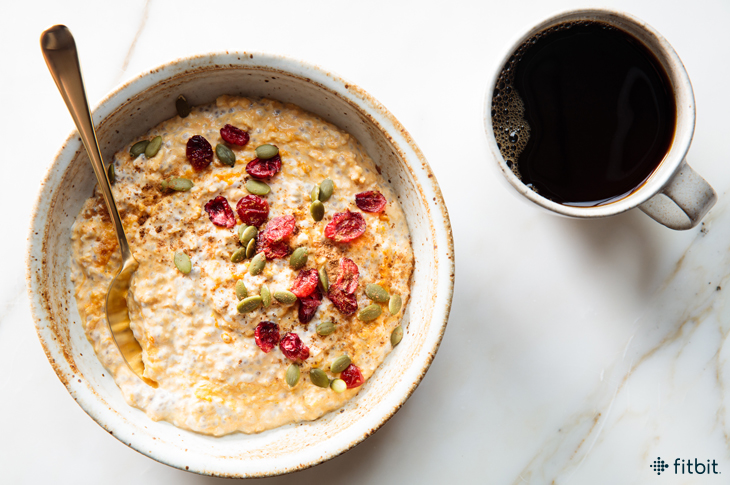
Pumpkin Overnight Oats with Cranberries & Pepitas
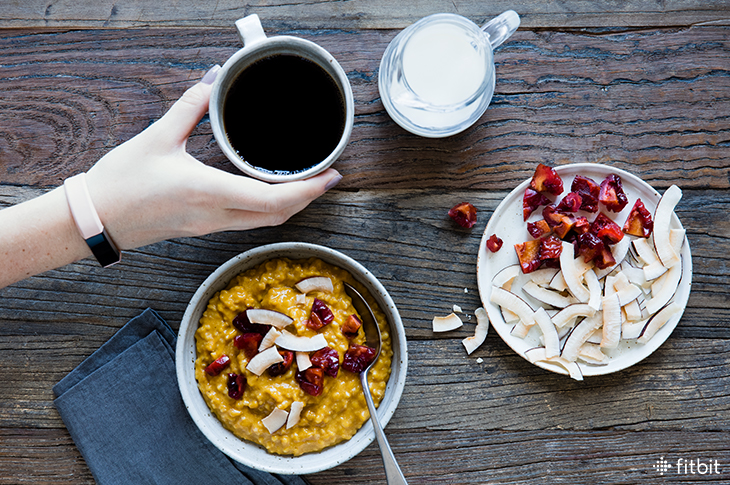
The post 7 Reasons to Add Pumpkin to Everything appeared first on Fitbit Blog.
source https://blog.fitbit.com/reasons-to-add-pumpkin/

